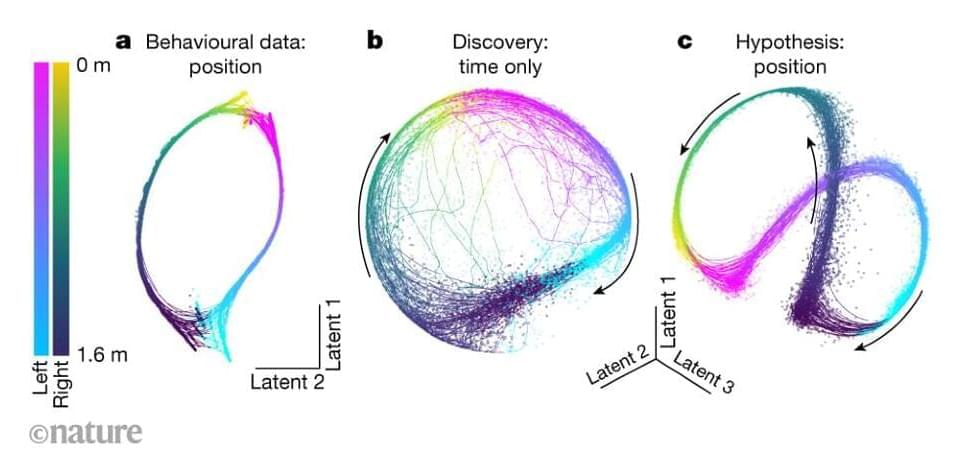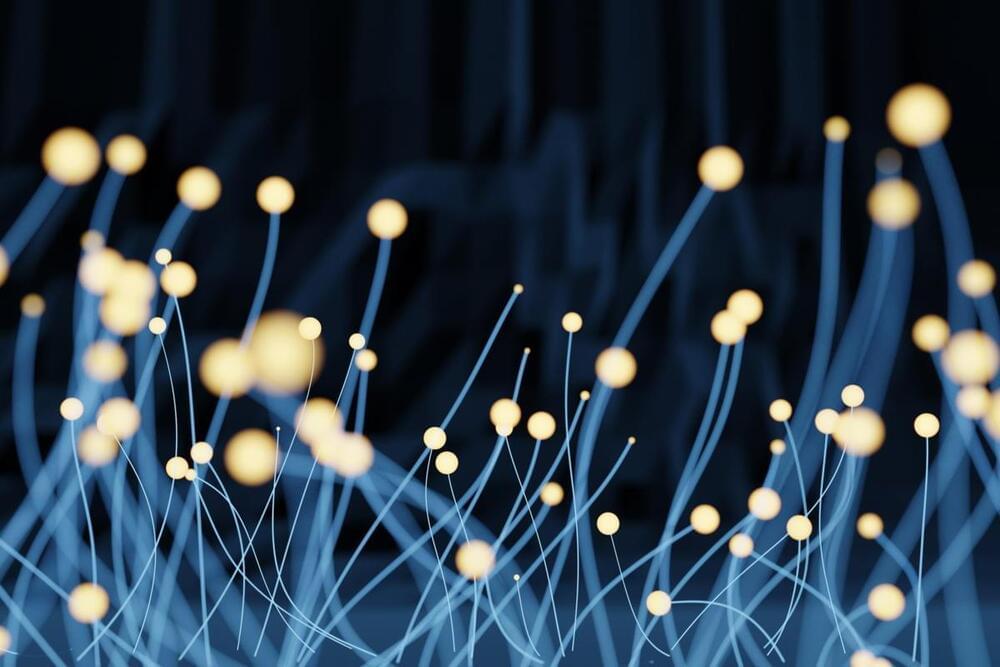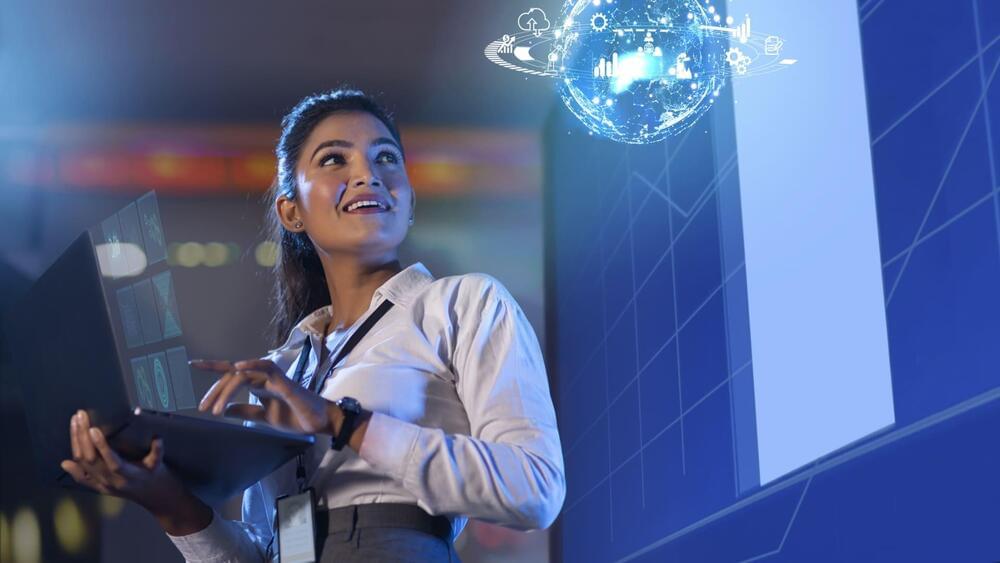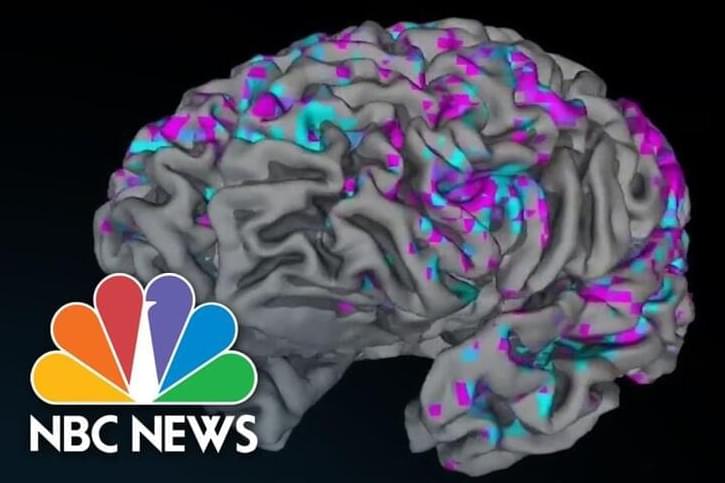May 10, 2023
China has its DrakeGPT moment as AI singer goes viral
Posted by Gemechu Taye in categories: internet, media & arts, robotics/AI
Mandopop singer Stefanie Sun has gone viral on Bilibili, China’s largest user-generated video streaming site. But the sudden revival of interest in Sun, who hasn’t released an album since 2017, comes not from the artist having another moment of genius.
The songs that have attracted millions of views on Bilibili feature Sun’s voice cloned by artificial intelligence, raising questions about copyright protection.
Reminiscing on the golden age of Mandarin pop music, tech-savvy Chinese internet users took the liberty of mimicking Sun’s voice using singing voice conversion, a deep learning method that lets a user deliver one person’s singing in another person’s voice, and swap it into a compilation of Mandpop classics.


















